Some items that have genealogical or historical relevance to your family are too large to preserve, have left family ownership, or have already passed from ownership or ceased to exist. I’m talking about family businesses, family farms, automobiles, farm equipment, homes, neighborhoods, and the like. There are still some things you can do to preserve the memory of these things to which your family has a connection, including: Preservation of large items may require some creativity and can be a good activity when we are stuck on locating information on long-deceased humans.
How many studio portraits of your Grandmother do you need? Some genealogists have to ask that question–or a very similar one. It’s not easy to decide and it’s not easy to cull things from a collection of family artifacts and memorabilia. But sometimes it needs to happen. Collections need to be curated. I have numerous prints of studio portraits of my maternal grandparents. Some I have a half a dozen copies of. They have been digitized and identified. The question is: how many physical copies do I keep? I cannot keep them all. I have decided to keep no more than two copies of any one pose or setting. That is it (and that may be too much). The others will have to be recycled. If I only […]
When sorting family history items, consider taking a picture of each of them with your phone or a digital camera as you are sorting. That way you at least have an image of the item should something happen to it. It also saves you from having to go through the items again to take pictures. Storing digital images also takes significantly less physical space than the actual item. There may also be items that are difficult to preserve long-term due the material from which they were made, the process used to create them, or how they were stored before they came into your possession. The illustration for this post is a Mother’s Day card I made for my Mom in the 1970s.
“It’s wrong,” “It’s wrong!” “It’s WRONG!” It’s not sufficient to simply say something is wrong or to scream it. You’ve got to have a reason. The last name of one of the heirs to whom a notice was mailed in a 1913 probate case is wrong. It’s not wrong just because I say so. It’s wrong because there was no heir to the estate named William Samuel Ewing. In other probate documents, the names of the heirs are all the same as in this affidavit–except the last heir is William Samuel Neill (not Ewing as shown here). William J. Ewing was William Samuel Neill’s guardian and was not an heir in his own right–he was being notified in his capacity as guardian of William Samuel Neill (incorrectly listed […]
From a while back…still stand by this advice. An online tree indicates that an aunt of mine was married in Cincinnati, Hamilton County, Ohio, in 1869. The only source that tree has for this date are two other online trees. There is no additional information to indicate how the information was obtained–no minister or justice of the peace name is listed, no church, address, etc. A search of extant Hamilton County marriage records did not locate the marriage. The only way I know that my aunt married is because her husband’s full name is listed when she inherits from her brother’s estate in the 1870s. That estate record is my evidence for the marriage and I’m using the date they are mentioned in the court record as a […]
A follower on social media responded to my post about drawing personal maps with an image of a map she had drawn. She was certain it was on her personal storage somewhere, but she ended having to search for a blog post she wrote about the map in order to find it. Are your images organized and named in a way that you can find them?
Varying civil jurisdictional levels can confuse the genealogist. One thing to remember is that a state or province may have different civil jurisdictions with the same name. In Illinois, the town Henderson is not in the county of Henderson. There are numerous other examples, particularly when smaller civil units, such as townships are considered. Always consider the possibility that someone may be confusing the town with the township or county of the same name. Keokuk, Iowa, is not in Keokuk County, Iowa. The list of examples is a very long one.
When encountering a family of parent(s) and children, always consider the possibility that the children are not full biological siblings. Some children could have been from previous relationships either parent had and others could be theirs together. Even if there were no divorces or separations, previous spouses could have either abandoned their family or died. Left with children to support, remarriage was relatively common especially if the remaining parent’s economic status made it necessary. There’s always the possibility as well that some of those “children” were children of relatives of one of the parents or a children of a neighbor that they took in. Household membership may be more fluid than you think–especially if there was room and child was old enough to help out with chores, farm […]
We’ve extended our sale on More Genealogy Tip of the Day through midnight 26 January 2025 for email subscribers of our blog.
For years, I assumed that my aunt Elizabeth (Trautvetter) Herzog, was buried in one of two cemeteries where she had relatives. It seemed reasonable that she was in a grave that was never marked or where the stone had worn away. Dying in her early thirties, she was not buried with her husband who had remarried after her death. Turned out she was buried in a cemetery where no other relatives are located. Most likely it was near where she and her husband were living at the time of her death. Not everyone’s buried in the same cemetery as their local kin. And…it also helps to have the name of a female relative’s last husband.
One can easily have many “dates of birth” for the one ancestor. A tombstone provides an exact year. A death certificate provides an exact date. A census record provides an age on a date. A marriage record provides an age on a date. Another record may provide the month and year, but not the exact date. How do I cite them in my database, how many dates of birth do I have for an ancestor? There’s the year of birth from the tombstone. That’s one year and the tombstone should only cite the year of birth because that is what it says. Then there is the exact date of birth from the death certificate. That’s specific date should have the death certificate as its source. The marriage record, […]
Sometimes the connection the adminstrator of an estate has to the deceased is obvious or easy to determine. Sometimes it’s not. It’s always worth finding out if there is a connection. For years, I assumed incorrectly that the administrator of the estate of Michael Trautvetter who died in Hancock County, Illinois, was a neighbor, friend, or interested creditor. I knew little about Trautvetter’s family and, after a while, gave up on determining what the relationship was. Years later, after learning more about the family it was discovered that the administrator of the estate was the husband of a daughter of Trautvetter’s sister. The sister had a marriage in Germany I was unaware of and that was the maiden name of the administrator’s wife–which meant nothing to me at the time. Always […]
For years, I have maintained a Facebook presence for Genealogy Tip of the Day. There I sometimes post the daily tip, but I always post other content–usually research frustrations, personal experiences, humor, and comments on things I’m working on. Now that Facebook content is being put on Substack as well and you can get that daily by subscribing on my Substack page (see the most recent posting here). There is no charge.
If a relative appears to have gotten married for the first time at a slightly older than normal age, look again. That first marriage might not have been the actual first marriage. For a female, this means that what you think is a maiden name may not really be a maiden name at all but could be the last name of a previous husband. Not all marriage records ask how many times the bride and groom have been married before and not all records use a “Miss” or “Mrs.” before the bride’s name. And since men’s last names don’t change upon marriage, it is even easier for a man to have a first marriage that’s unknown to the genealogist. Family stories about these marriages do not often get […]
Years ago after a presentation, a gentleman came up and told me that I should not suggest people rely on census records or other “secondary records” for information. While census records can be incorrect and information that’s secondary can be suspect, sometimes it is all that we have. My ancestor, Ellen Butler was born in Missouri in the 1850s. Her family moved frequently, did not attend any church that kept records, there is no family bible that I can find, and she died before there was vital registration of deaths as well. While I keep looking for a “better source” of information, there’s probably never going to be anything other than a few of census enumerations to estimate her year of birth. Of course census records can be […]
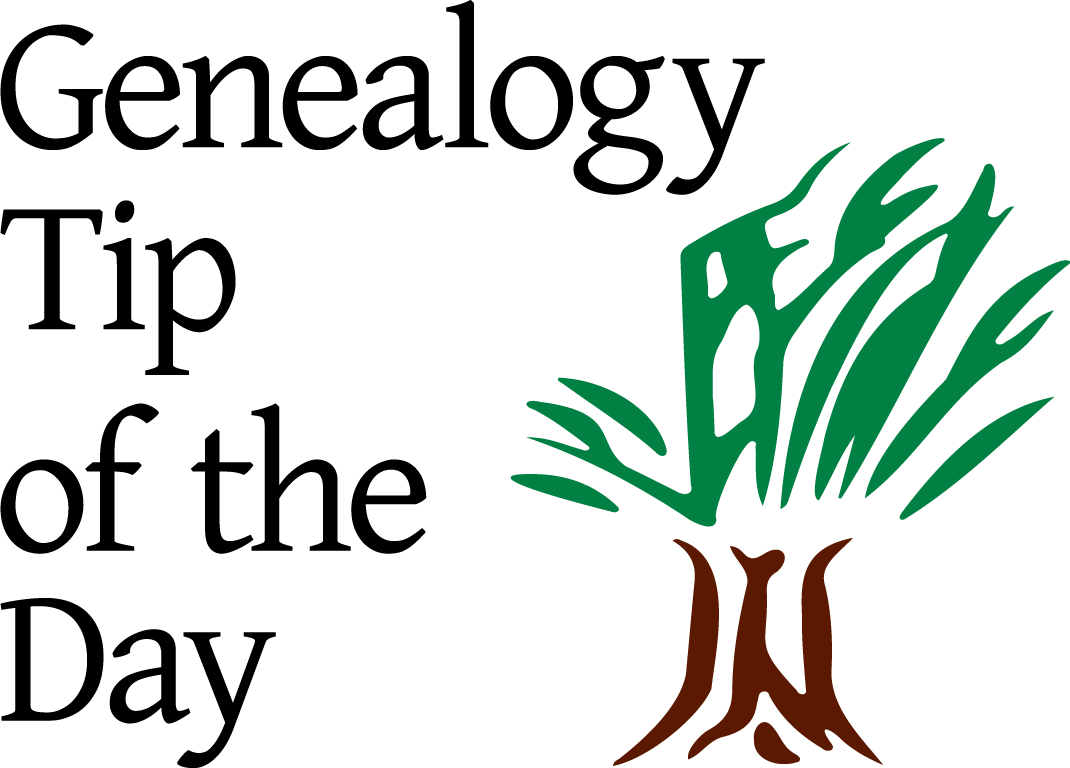
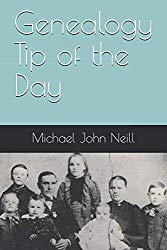
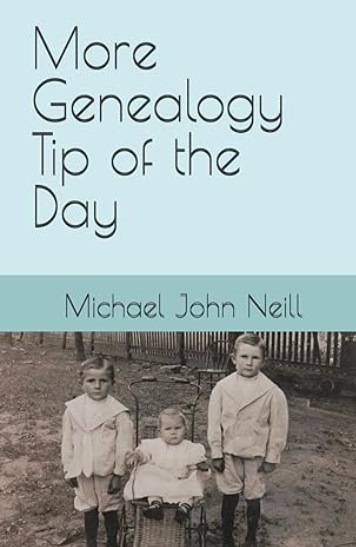


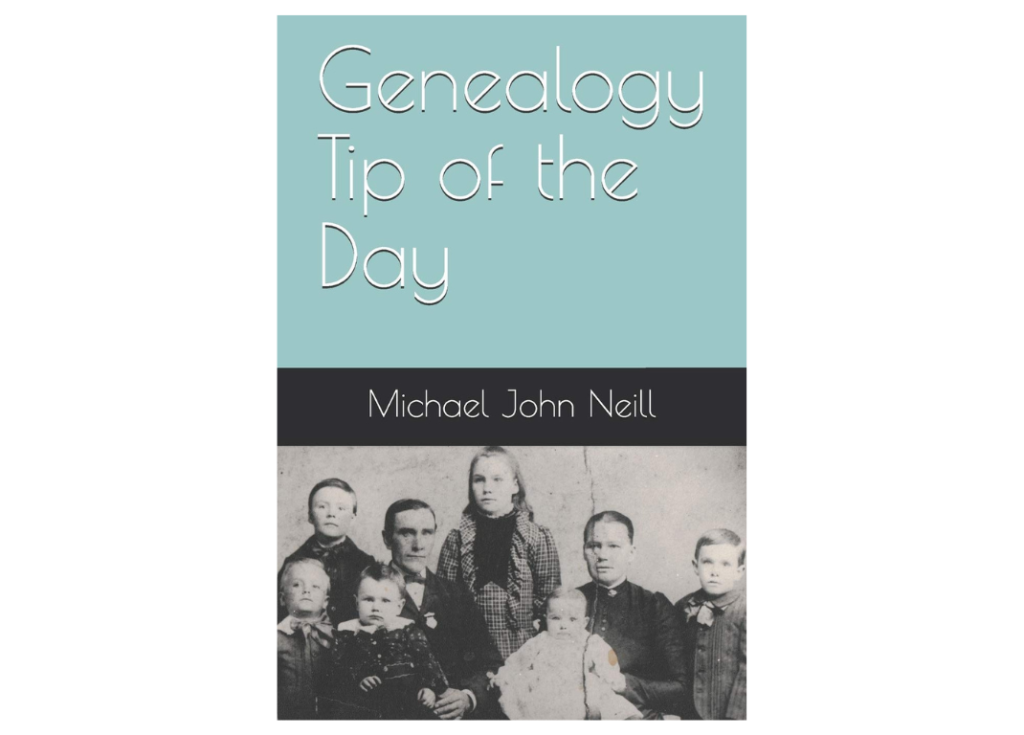
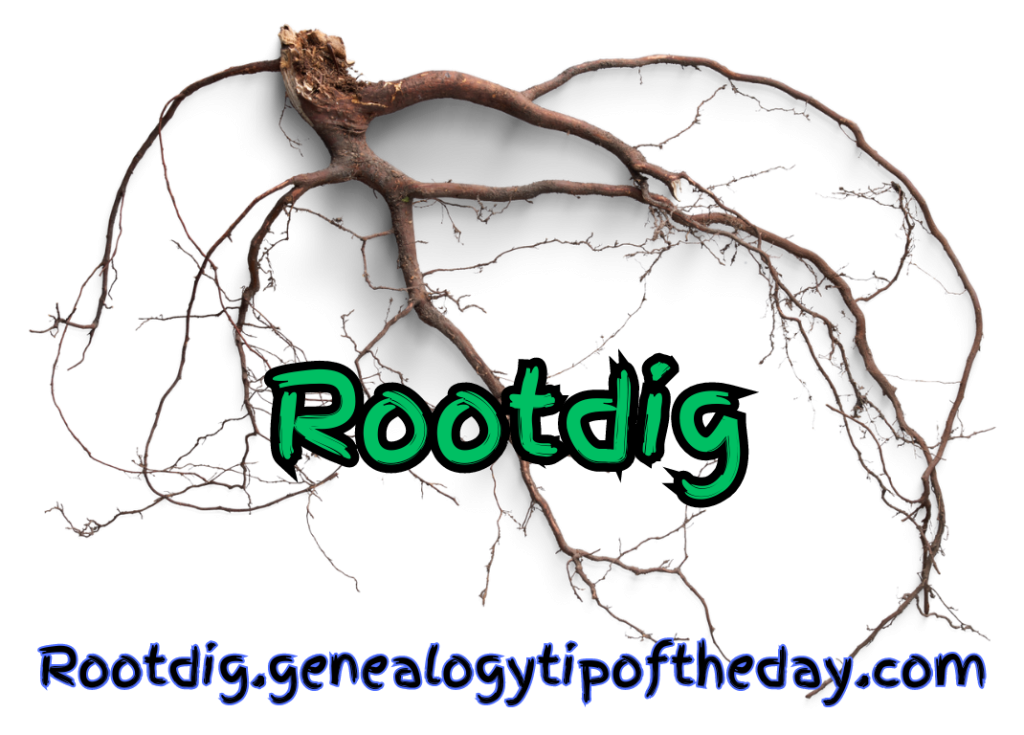

Recent Comments